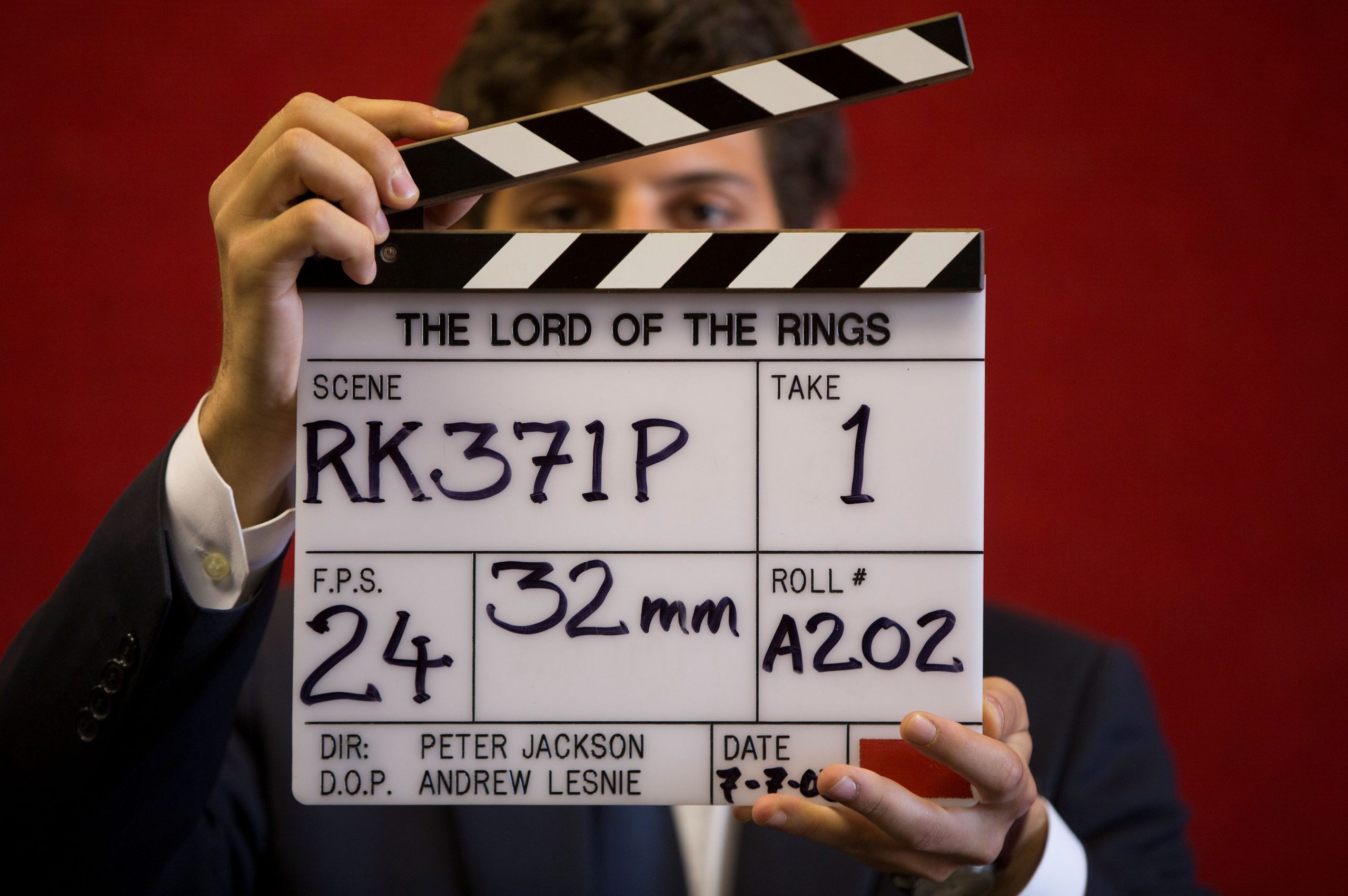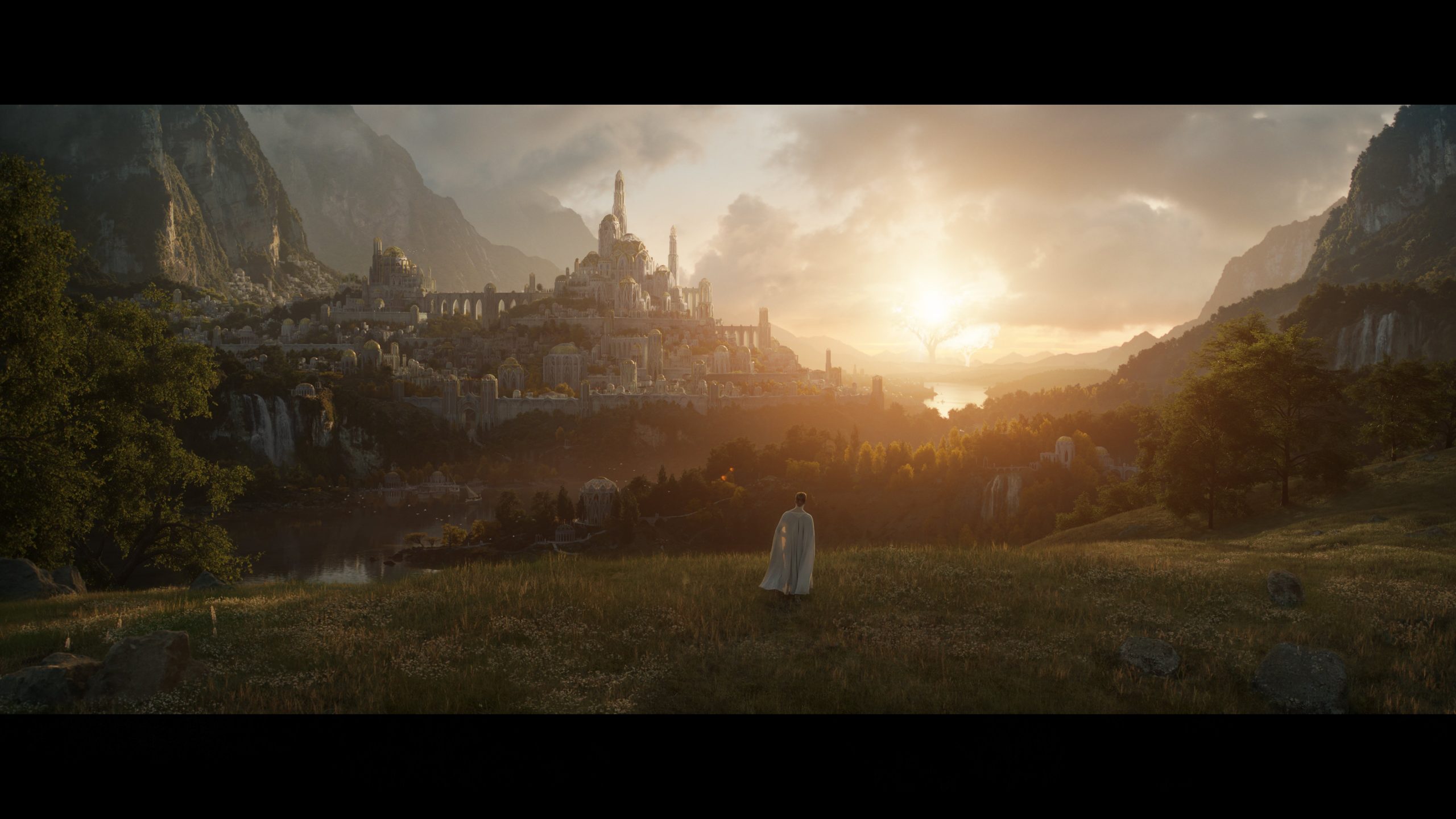
Ian Patrick with contributions from Tyler Needham, FISM News
[elfsight_social_share_buttons id=”1″]
Amazon made waves when they approved a multi-series deal in 2017 with Warner Bros. TV and the Tolkien Estate set in the world of J.R.R. Tolkien’s famous The Lord of the Rings book series. Amazon’s studio has been steadily releasing information about the setting and cast of the new series, with many details coming out just this year.
After years of waiting, Amazon finally announced that their series will be premiering on September 22, 2022. The series will reportedly focus on the Second Age of the Tolkien-verse, taking place “thousands of years before the events of J.R.R. Tolkien’s The Hobbit and The Lord of the Rings books” according to the Amazon plot synopsis obtained by TheOneRing.net. The series just wrapped up filming for the first season.
The full synopsis is as follows:
Amazon Studios’ forthcoming series brings to screens for the very first time the heroic legends of the fabled Second Age of Middle-earth’s history. This epic drama is set thousands of years before the events of J.R.R. Tolkien’s The Hobbit and The Lord of the Rings, and will take viewers back to an era in which great powers were forged, kingdoms rose to glory and fell to ruin, unlikely heroes were tested, hope hung by the finest of threads, and the greatest villain that ever flowed from Tolkien’s pen threatened to cover all the world in darkness. Beginning in a time of relative peace, the series follows an ensemble cast of characters, both familiar and new, as they confront the long-feared re-emergence of evil to Middle-earth. From the darkest depths of the Misty Mountains, to the majestic forests of the elf-capital of Lindon, to the breathtaking island kingdom of Númenor, to the furthest reaches of the map, these kingdoms and characters will carve out legacies that live on long after they are gone.
The show will likely feature places and settings familiar to those who have watched Peter Jackson’s “The Lord of the Rings” movie trilogy, while sprinkling in some new places. Of course, for any fan familiar with the lore and history of the Tolkien-verse, the show will likely feature early iconic settings and characters such as the star-shaped island of Númenor and the elven form of Sauron, sometimes referred to as Annatar. Sauron is the reference to “the greatest villain that ever flowed from Tolkien’s pen” in the synopsis.
The Second Age ends with the Battle of the Last Alliance where Isildur cuts off Sauron’s finger bearing The One Ring. This was referenced multiple times in Jackson’s films, and it is uncertain if the show will culminate with this final battle.
Amazon also released a promotional image from the show, depicting what is perceived to be the heaven-like area known as Valinor.

Although some text touching on the Second Age exists from both Tolkien and his estate, interpretation for the storytelling from this Age is wide open. At the very least, it’s more open to interpretation than the Third Age which is where The Hobbit and The Lord of the Rings take place.
However, as with most Hollywood media, fans of the stories worry that Amazon will push a corporate “woke” agenda on the show. These concerns aren’t necessarily appearing from thin air as announcements from both Amazon and the Tolkien Society stir fears of pushing the beloved series away from Tolkien’s vision.
Amazon Studios chief Jennifer Salke spoke on the cost of the project; at $465 million it will be one of the most expensive shows ever made. When asked by The Hollywood Reporter on how Amazon will justify the price tag, Salke said they need “a giant, global audience.”
There’s a lot of wooing and we have to make decisions on where we want to stretch and where we want to draw the line. As for how many people need to watch Lord of the Rings? A lot. (Laughs.) A giant, global audience needs to show up to it as appointment television, and we are pretty confident that that will happen.
For obvious reasons, appealing to a giant audience isn’t what fans of the series exactly want. Many are afraid that in their zeal to pull in as many viewers as possible, Amazon will lose the vision and feel of Tolkien’s epic myths and push out some sexualized fantasy series.
A commenter by the name of Airwolf873 on IGN notes what is probably every fan’s feelings on the series by writing, “Cautiously hoping that the series is good.” Another user by the name of Luxolll cautions that appealing to everyone will have you “appealing to no one.” Arguably, the success of the series depends on how well Amazon can adapt the stories while staying faithful to Tolkien’s vision of true heroism and the conflict between good and evil.
Themes of modern-day “wokeness” have also been slowly pushing into discussions about Tolkien’s books as well. Many believe this push to be heavier as of late because of the recent passing of Tolkien’s son Christopher, who handled the Tolkien Estate and was the proprietor of his father’s writings. Christopher published many of his father’s writings that he never finished or put out during his lifetime and protected the integrity of his father’s vision.
Just this year, the Tolkien Society held their annual seminar, which is a self-proclaimed discussion from “both researcher-led and non-academic presentations on a specific theme pertaining to Tolkien scholarship.” However, the papers presented by the Society this year heavily leaned into themes focusing on the LGBTQ agenda and “antiracism.”
Some of the paper titles include: “Gondor in Transition: A Brief Introduction to Transgender Realities in The Lord of the Rings” which focuses on “the presence and function of transgender realities within Tolkien’s work in ways the privileged reading of the text ignores or dismisses;” “The Lossoth: Indigeneity, Identity, and Antiracism” which explores the relationship between an ancient king and people group known as the Lossoth, neither of which is specified as being white or non-white; and “Queer Atheists, Agnostics, and Animists, Oh, My!” which examines a survey of fans who say they are part of the LGBTQ community and how Tolkien’s work remains important to them despite “the assumption that his religious beliefs play a significant role in interpreting his work.”
